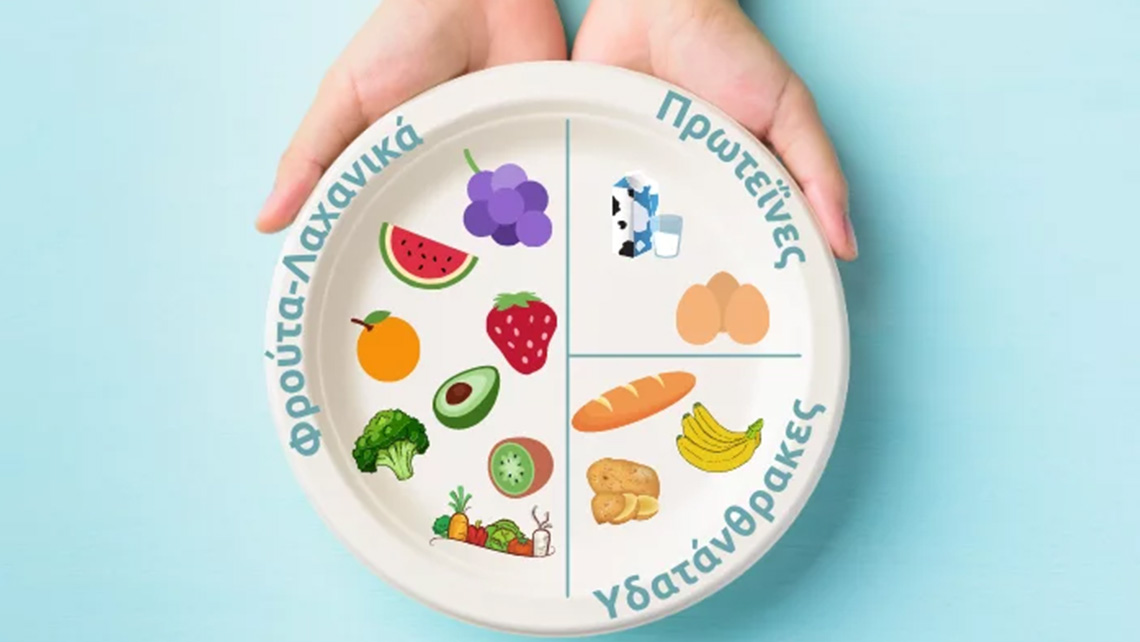The Healthy Eating Plate, created by nutritionists at Harvard University’s School of Public Health as well as editors at Harvard Health Publications, is a guide to creating healthy and balanced meals.
Most of your meal should consist of vegetables and fruits – ½ of the plate:
Aim for color and variety, and remember that potatoes don’t count as a vegetable on the Healthy Eating Plate because of their effects on blood sugar.
Aim for whole grains – ¼ of the plate:
Whole grains or whole grains — whole barley, wheat, whole wheat, quinoa, oats, brown rice, as well as foods made from them, such as whole-wheat pasta — have a milder effect on blood sugar and insulin compared to white bread, white rice and other processed grains.
The Power of Protein – ¼ of the plate:
Fish, poultry, legumes and nuts are all healthy and versatile sources of protein. They can be mixed into salads but also go well with vegetables on the plate. Limit red meat and avoid processed meats such as bacon and sausages.
Healthy Vegetable Oils – in moderation:
Choose healthy vegetable oils such as olive oil, sunflower oil, corn oil, as well as soybean, peanut, and others. Also avoid partially hydrogenated oils, which contain unhealthy trans fats. Remember that the description “low fat” is not consistent with the description “healthy”.
Drink water, coffee or tea:
Skip sugary drinks, limit milk and dairy products to one to two servings per day, also limit juices to one small glass per day.
Exercise (Stay active):
The red figure running across the Healthy Eating Plate card is a reminder that exercise is just as important in weight control.


